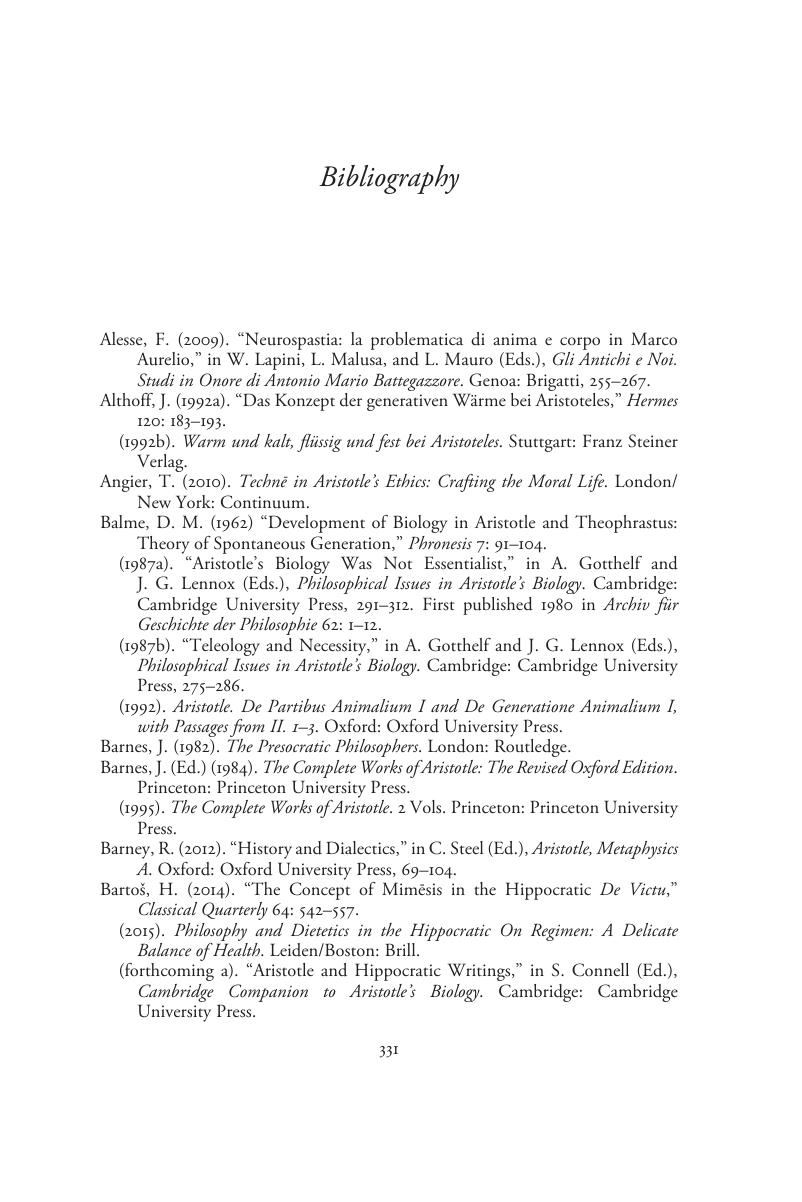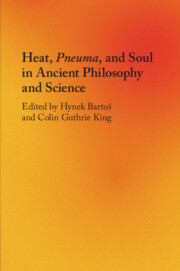Bibliography
Published online by Cambridge University Press: 20 February 2020
Summary

- Type
- Chapter
- Information
- Heat, Pneuma, and Soul in Ancient Philosophy and Science , pp. 331 - 349Publisher: Cambridge University PressPrint publication year: 2020

